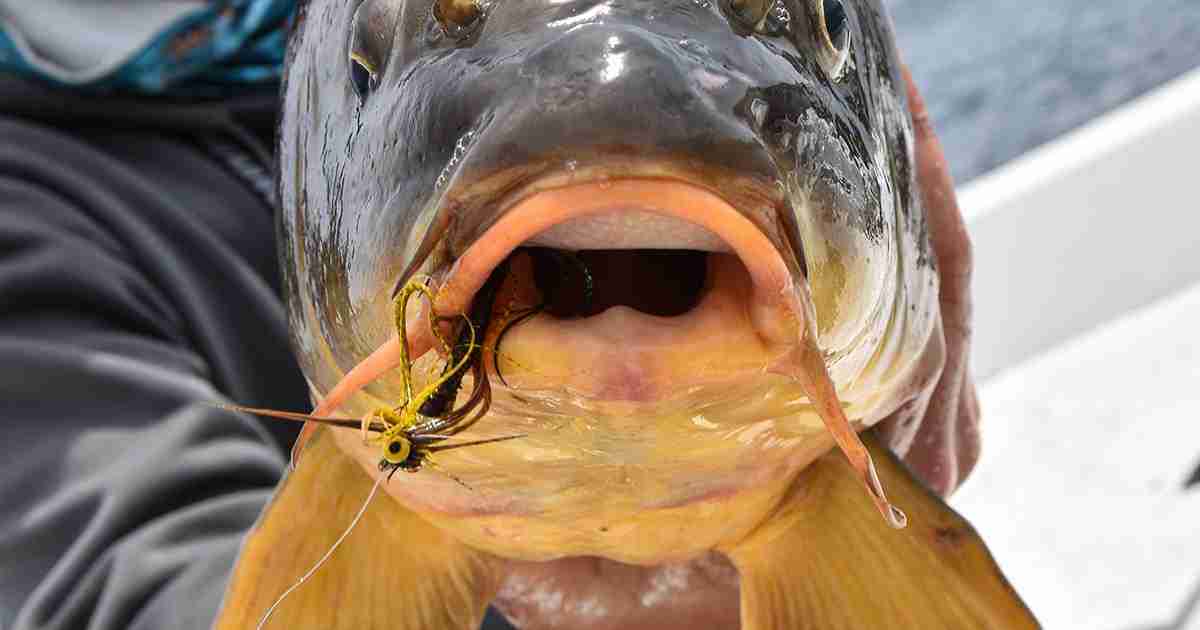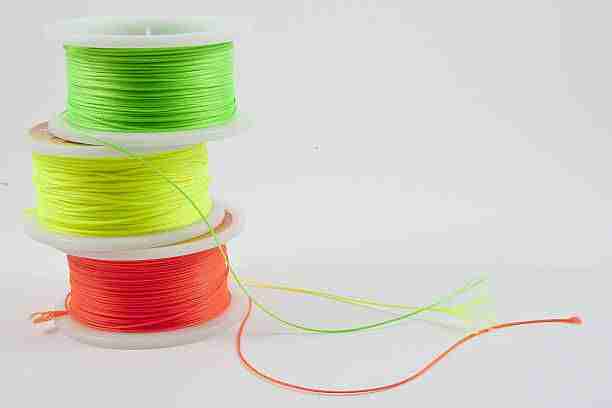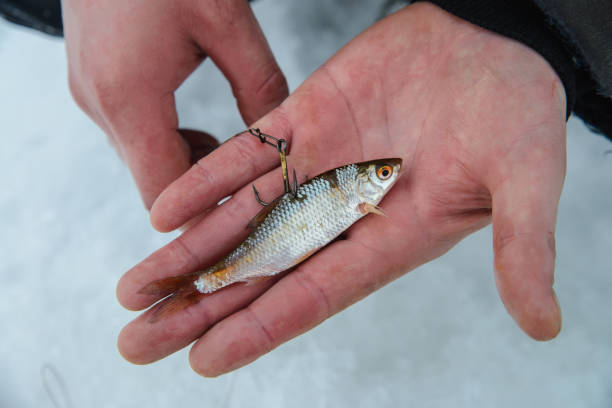
How to Rig Live Bait Without Killing It

8 min read
There’s nothing quite like watching a frisky minnow or wiggling worm work its magic underwater. But here’s the thing that separates weekend warriors from serious bait fishermen: knowing how to hook live bait so it stays alive, active, and irresistible to fish.
I’ve watched too many anglers fumble with their bait, accidentally puncturing vital organs or hooking through critical areas that kill the bait within minutes. It’s frustrating to watch, especially when proper technique keeps that bait swimming strong for hours.
Let me walk you through the methods that actually work—techniques I’ve refined over years of trial and error, watching what keeps bait lively and what sends it belly-up faster than you can say “fish on.”
The Golden Rule: Less Is More
Before we get into specific techniques, understand this fundamental principle: the less trauma you inflict on your bait, the longer it’ll stay active. Every puncture, every rough handling session, every squeeze shortens its lifespan.
Think of it like this—you wouldn’t run a marathon with a nail in your foot, right? Same concept applies to bait fish swimming around with poorly placed hooks.
The key is finding that sweet spot where the hook holds securely but doesn’t interfere with the bait’s natural movement or vital functions. Sounds simple enough, but it takes practice to get it right consistently.
Minnows and Small Baitfish: The Backbone of Live Bait Fishing
Let’s start with the most common live bait—minnows. These little guys are incredibly effective when rigged properly, but they’re also surprisingly fragile.
The lip hook method is my go-to for most situations. Thread the hook through both lips, entering from the bottom lip and exiting through the top. This allows the minnow to breathe normally while keeping it securely attached. The fish can still open and close its mouth, which is crucial for survival.
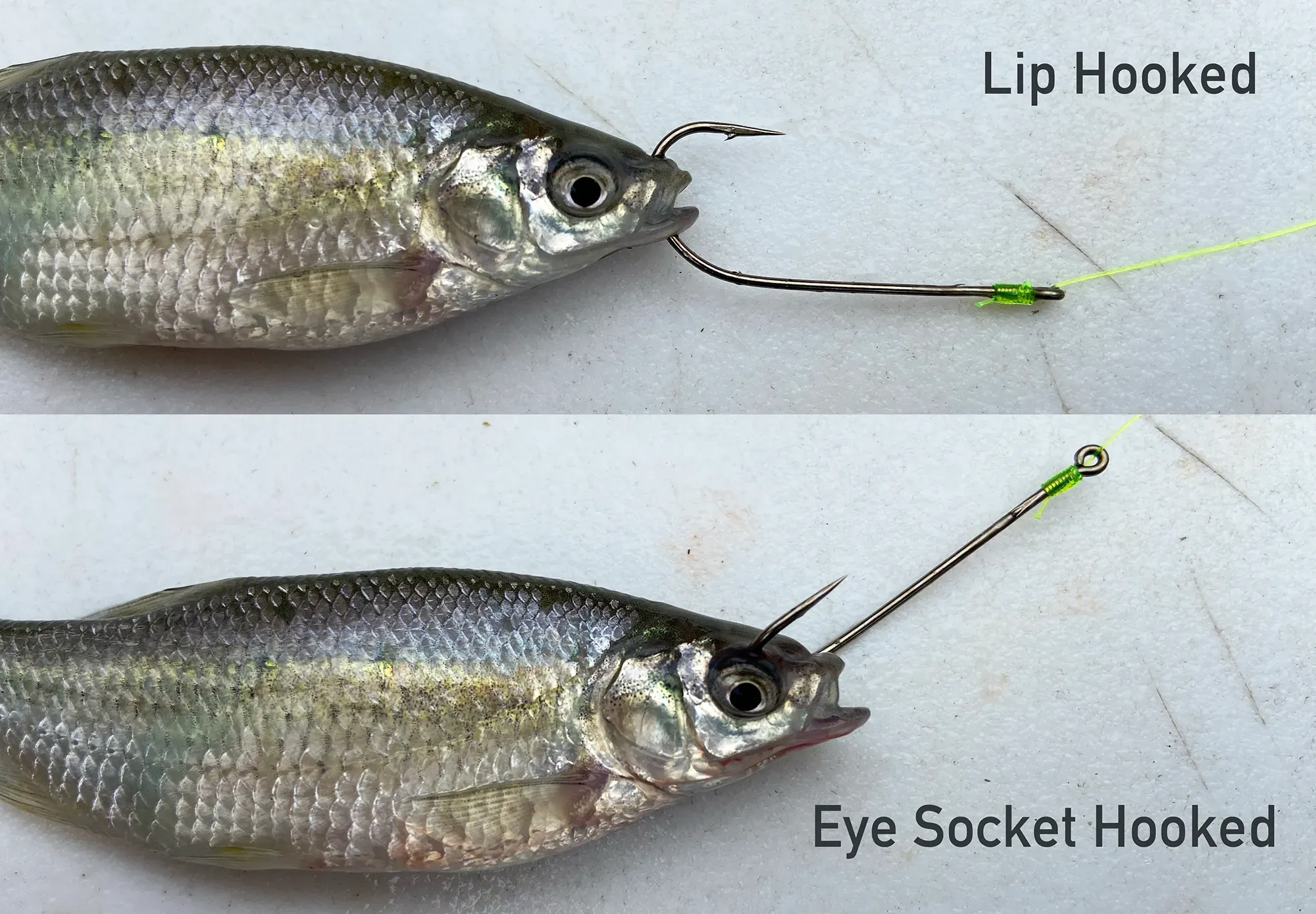
For deeper water or when you need the bait to swim down rather than up, try the dorsal fin method. Hook through the meaty part just behind the dorsal fin, being careful to avoid the spine. Go too deep and you’ll hit the spinal cord—game over for your bait.
Back hooking works well too, especially for trolling or drift fishing. Hook through the meat just ahead of the tail, avoiding the spine and internal organs. This method gives the minnow maximum swimming freedom while keeping it properly oriented.
Here’s something most anglers mess up: hook size matters more than you think. Too big, and you’ll cause unnecessary trauma. Too small, and the hook won’t hold properly. For average-sized shiners and fatheads, I typically use size 4 to 6 hooks. Bigger baits get bigger hooks, but always err on the smaller side if you’re unsure.
Worms: Nature’s Most Versatile Bait
Nightcrawlers and earthworms are tougher than most people realize, but they still require finesse to keep them active and appealing.
The nose threading technique works beautifully for worms. Insert the hook point about a quarter-inch from the head and thread it through the length of the worm, leaving the majority of the body free to wiggle. This keeps the worm alive and moving naturally while providing excellent hook sets.
For smaller worms or when you want more action, try the collar method. Hook through the thick collar area (the clitellum) about one-third of the way down from the head. This spot is less vital than you might think, and it allows the worm to move freely on both ends.
Avoid hooking through the middle of the worm’s body—that’s where most of the vital organs are located. You’ll kill it almost instantly, and dead worms just don’t have the same appeal to fish.
Leeches: The Underrated Powerhouse
Don’t overlook leeches, especially for walleye and bass fishing. These things are incredibly hardy when hooked properly.
Hook leeches through the sucker end (the larger, flatter end) rather than the head. Use a light wire hook and just barely penetrate the sucker. Leeches are tough, but they’ll die quickly if you hook them too deeply or roughly.
The beauty of leeches is their natural undulating motion. When rigged correctly, they’ll swim and writhe enticingly for hours. I’ve had leeches stay active for an entire day of fishing when handled properly.
Crayfish: Bassing’s Best-Kept Secret
Live crayfish are absolute dynamite for bass, but they require a different approach than other baits.
The key is hooking through the tail, specifically through the last segment before the fan tail. Insert the hook from the bottom, angling it slightly upward. This keeps the crayfish alive while preventing it from swimming backward into cover.
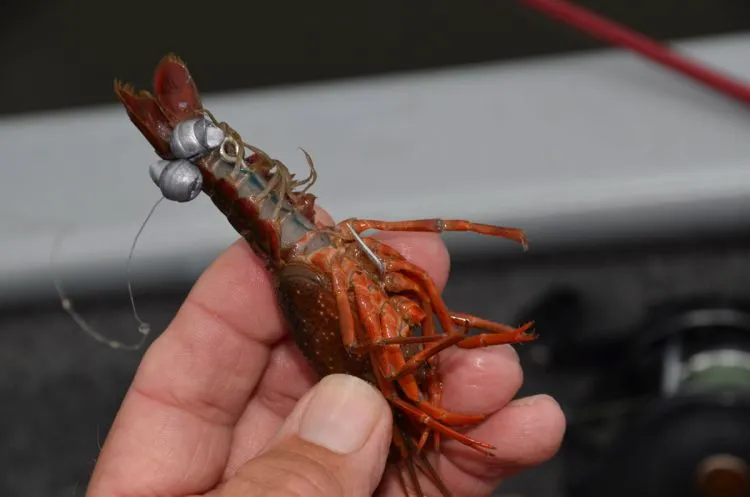
Some anglers remove the claws to prevent the crayfish from grabbing onto structure, but I prefer leaving them intact. Those claws are part of what makes crayfish so appealing to bass—they look natural and defensive.
Handle crayfish gently and keep them cool. They’re surprisingly fragile out of water, and stressed crayfish die quickly once hooked.
The Equipment That Makes a Difference
Your hook choice dramatically impacts bait survival. Thin wire hooks penetrate easier and cause less trauma than thick, heavy hooks. Brands like Gamakatsu and Owner make excellent thin wire live bait hooks that slide through bait like butter.
Sharp hooks are non-negotiable. Dull hooks require more force to penetrate, causing unnecessary damage to your bait. I touch up my hooks with a small file or sharpening stone regularly—it’s worth the extra effort.
Consider circle hooks for certain applications. They’re designed to hook fish in the corner of the mouth rather than deep in the throat, but they also tend to cause less trauma when hooking bait initially.
Keeping Bait Healthy Before and After Rigging
Water temperature is crucial for bait survival. Most baitfish prefer cooler water, so keep your bait bucket in the shade and consider adding ice on hot days. But don’t overdo it—you want cool water, not an arctic blast.
Aeration makes a huge difference in bait longevity. A simple battery-powered aerator can keep bait lively for hours longer than stagnant water. I’ve used the same minnows for two days of fishing when properly aerated.
Change the water periodically, especially if you notice it getting cloudy or if fish start looking sluggish. Fresh water contains more dissolved oxygen and fewer waste products that stress your bait.
Reading Your Bait’s Health
Learn to recognize signs of healthy versus stressed bait. Healthy minnows swim actively, maintain their color, and react quickly to disturbances. Stressed or dying bait becomes lethargic, loses color, and often swims erratically or upside down.
Don’t waste time fishing with half-dead bait. Fish can sense when something’s not right, and lethargic bait gets ignored more often than not. Replace dying bait promptly—it’s worth the extra cost.
Advanced Techniques for Specific Situations
In heavy current, consider using a bridle rig for larger baitfish. This involves threading a rubber band or thin wire through the bait’s eye sockets and attaching your hook to the bridle rather than directly to the fish. It sounds brutal, but it’s actually less traumatic than poorly placed hooks and keeps bait swimming naturally in strong current.
For finicky fish in clear water, try the stinger hook approach. Use a small treble hook attached to your main hook with a short piece of light wire or strong line. This increases your hookup ratio without adding much weight or bulk.

Troubleshooting Common Problems
If your bait keeps dying quickly, examine your technique. Are you hooking too deeply? Using hooks that are too large? Handling the bait roughly? Small adjustments often make big differences.
Bait that won’t stay on the hook usually indicates improper hook placement or wrong hook size. The hook should feel secure when you gently test it, but it shouldn’t require excessive force to set.
If fish keep short-striking your bait, consider adjusting hook position or adding a stinger hook. Sometimes moving the hook forward or backward by just half an inch makes all the difference.
The Ethics of Live Bait Fishing
Using live bait comes with responsibility. Handle bait humanely, don’t waste it unnecessarily, and follow local regulations about bait transport and disposal. Some areas have strict rules about moving live bait between water bodies to prevent invasive species spread.
Never release unused live bait into waters where it didn’t originate. This simple rule helps protect native ecosystems from invasive species that can devastate local fish populations.
Making It All Work Together
Successful live bait fishing isn’t just about rigging technique—it’s about the entire system working together. Fresh, healthy bait properly rigged and presented naturally will outfish artificial lures in many situations.
Practice these techniques at home or during slow fishing periods. The more comfortable you become with handling and rigging live bait, the less time you’ll spend fussing with your tackle and the more time you’ll spend with your line in the water.
Remember, every species of bait has its quirks and preferences. What works perfectly for shiners might not be ideal for chubs. Pay attention to how different baits respond to various rigging methods, and adjust accordingly.
The investment in proper live bait technique pays dividends on the water. When other anglers are struggling with lifeless bait or constantly retying rigs, you’ll be fishing with vibrant, active bait that fish simply can’t resist. That’s the difference between just going fishing and actually catching fish.
